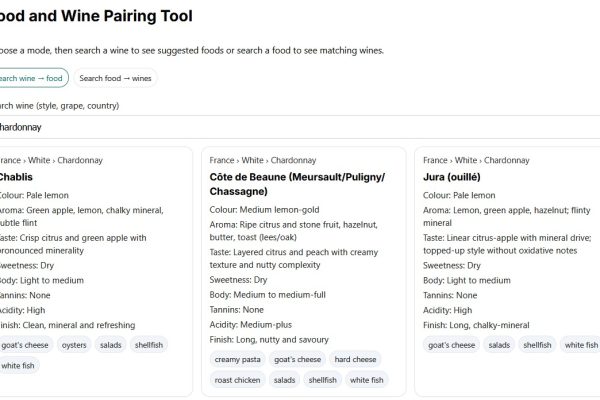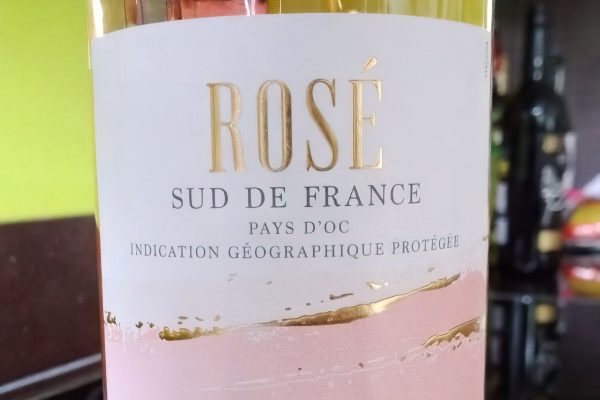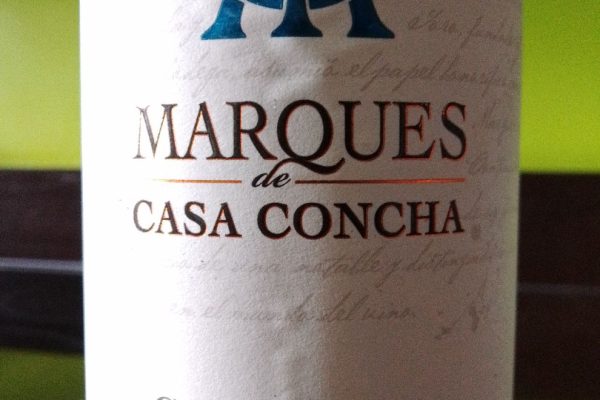
I sometimes use a hydrometer to measure the sweetness of wines (at home!), particularly when I am unsure of the sweetness. While it’s usually easy to assess whites, reds can sometimes be deceiving.
A hydrometer measures the specific gravity (SG) of a liquid, which is a measure of its density relative to water. In winemaking, it’s used to determine the sugar content of the must (unfermented grape juice) or wine, which can give an indication of potential alcohol content and sweetness.
The specific gravity of a liquid is affected by the amount of sugar dissolved in it. As the sugar is converted to alcohol during fermentation, the specific gravity decreases. By measuring the specific gravity at different stages of fermentation, winemakers can track the progress of fermentation and make decisions about when to stop it, depending on the desired sweetness of the wine.
Here’s a general guideline for the specific gravity measurements and corresponding sweetness levels in wine:
Dry Wines: These wines have almost all of their sugar converted into alcohol. The specific gravity would typically be around 0.990 to 0.996.
Off-Dry Wines: These wines have a slight sweetness to them, with a specific gravity usually in the range of 0.996 to 1.000.
Medium Sweet Wines: Wines with a noticeable sweetness but not overly sweet might have a specific gravity in the range of 1.000 to 1.010.
Sweet Wines: These wines have a pronounced sweetness and might have a specific gravity of 1.010 to 1.020 or even higher.
Dessert Wines: Extremely sweet wines, often served with dessert, can have a specific gravity above 1.020.
These values are approximate and can vary depending on the type of wine, the grapes used and the specific winemaking process. Other factors, such as acidity and tannins, can also affect the perceived sweetness of the wine so the specific gravity is not the only factor to consider. Additionally, the temperature at which the measurement is taken can affect the reading, so it’s usually done at a standardised temperature (often 20°C or 68°F) and corrections can be made for temperature variations. The BrewersFriend web site has a handy online tool that corrects for temperature.
A tip is to buy a ‘Precision’ hydrometer that measures a shorter, fermented range of about 1.020 to 0.990. There’s no point having a wider range unless you are making wine.













